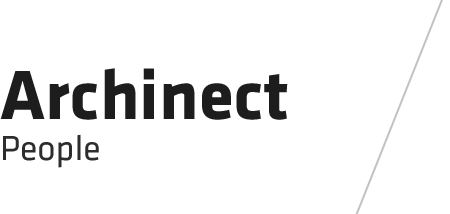
Northwest Healthcare, Kalispell , Junior Architect
I worked with a team of three licensed architects as part of an in-house architecture firm for Northwest Healthcare Corporation. I quickly assumed a key role as the primary drafter and architectural renderer for a large variety of health care oriented projects. These included many small remodels within the main medical campus, large scale remodels such as an imaging department, a respiratory therapy department, an emergency department, multiple off campus clinics, and a forty two million dollar surgical services and medical office expansion. Overall, I was an essential part of over 20 diverse health care projects from start to finish. Working directly on the campus, I was given a unique exposure to designing and working within the medical industry. I quickly gained experience in not only the design and construction of health care buildings but also the management of modern medical facilities. Throughout all of the projects I worked closely with physicians, nurses, administrative professionals, facilities operators, building managers, project coordinators and contractors. My personal experiences, and observations of the professionals I was surrounded with, taught me how to work professionally with a very diverse demographic of clients, users, and contractors and in many ways I think this was the most valuable part of my experience with Northwest Healthcare.
Montana State University, Bozeman, MT, US, Masters, Architecture
As a Montana State University community outreach project, myself and two other graduate students designed a 2050 Master plan for Sunset Hills Cemetery. We worked frequently with various members of the city council, parks and recreation department, and the cemetery board throughout the design process in order to develop a concept of ceremonial burial that could be more environmentally sustainable. We developed a design that focused on creating small sacred nodes and niches for the cremated remains of loved ones. We strove to design a place where the special connection and respect found in traditional cemeteries could be achieved with-out simply creating large landscaped grounds requiring excessive maintenance and resources. Following the completion of the design, I was chosen to individually present our final work in front of the Bozeman City Council.
For my capstone studio I worked with the principal of Pique Architecture, Peter Jenke, in order to establish a solution for the growing homeless problem in his firm’s hometown Seattle, Washington. This required close interaction with members of the city, local shelters and organizations, and the local homeless residents. My final solution focused on reclaiming barges that could be converted into floating mobile shelters. The design would allow the shelters to travel along the coast bringing aide to communities in need while exposing the current residents to new connections and opportunities in their path to self sufficiency. Aside from a two week visit to the site, Peter and I collaborated digitally online through webcam and or telephone calls allowing me to build a thorough knowledge of electronic communication techniques. Following the completion of the course, Peter personally selected me to be interviewed by Architectural Record for their May 2010 article “Design Studios Taught From Afar”
Funded and supported by the Sonoran Institute, I worked with a team of four other graduate students in order to create a comprehensive master plan for future growth in the Gallatin Valley up to 2050. We used a cutting edge planning program called ArchGIS in order to simulate scenarios and calculate the most sustainable growth patterns the area could allow. I was elected by our advising professor to act as a spokesperson for the group concerning meetings with local officials, city planners, developers, and activists in order to explain our ideas and receive their input concerning the growth of the Gallatin Valley
I elected to finish my graduate studies with an eight month independent thesis. The essence of my thesis was to create a design concept that could show the potential that mixed-use communities have to environmentally, economically, and socially enhance previously developed and degraded areas. Expanding the growth of the built environment into undeveloped land requires large amounts of energy and resources and is usually very hazardous to the existing environment. Instead I created a design concept that focused on the redevelopment of our existing urban fabric. In prioritizing future growth to areas which have been previously developed it allows us to preserve valuable agricultural land and open space while utilizing and rehabilitating the existing infrastructure of our established cities.